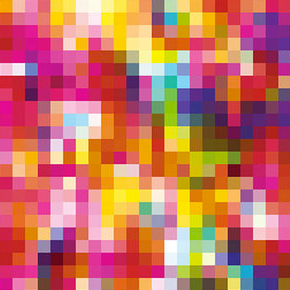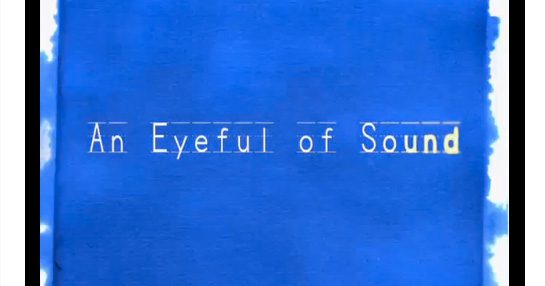 I have a long-standing fascinating with synesthesia, the rare neurological condition that leads stimulation in one sensory pathway to trigger an experience in another — a neural short-circuiting that enables such strange phenomena as hearing colors, seeing sounds, and tasting smells.
I have a long-standing fascinating with synesthesia, the rare neurological condition that leads stimulation in one sensory pathway to trigger an experience in another — a neural short-circuiting that enables such strange phenomena as hearing colors, seeing sounds, and tasting smells.
The ongoing effort to understand the synesthetic experience stretches from beautiful ways of visualizing music in color to studying the brain of a synesthetic autistic savant. Now comes An Eyeful of Sound — a remarkable animated documentary about audio-visual synesthesia, which attempts to add an intimate, visceral layer to our intellectual understanding of the peculiar condition.
All sounds have color. The alphabet has color. Days of the week have color. Each day has a color and a certain shape.
What makes strange phenomena like synesthesia all the more fascinating is that they raise unsettling questions about some of the most fundamental givens of the “normal” brain: Does color even exist, or is it merely a product of our fancy? (Goethe had some thoughts on the subject.) Do things have inherent, static smells, tastes, sounds and colors, or do we arbitrarily confer those qualities by manufacturing them in our own minds? Are life’s sensory qualities static and permanent — is the sky always blue, lemons always sour — or are they fluid and dynamic attributes on a spectrum of which we just happen to experience arbitrary slices?



